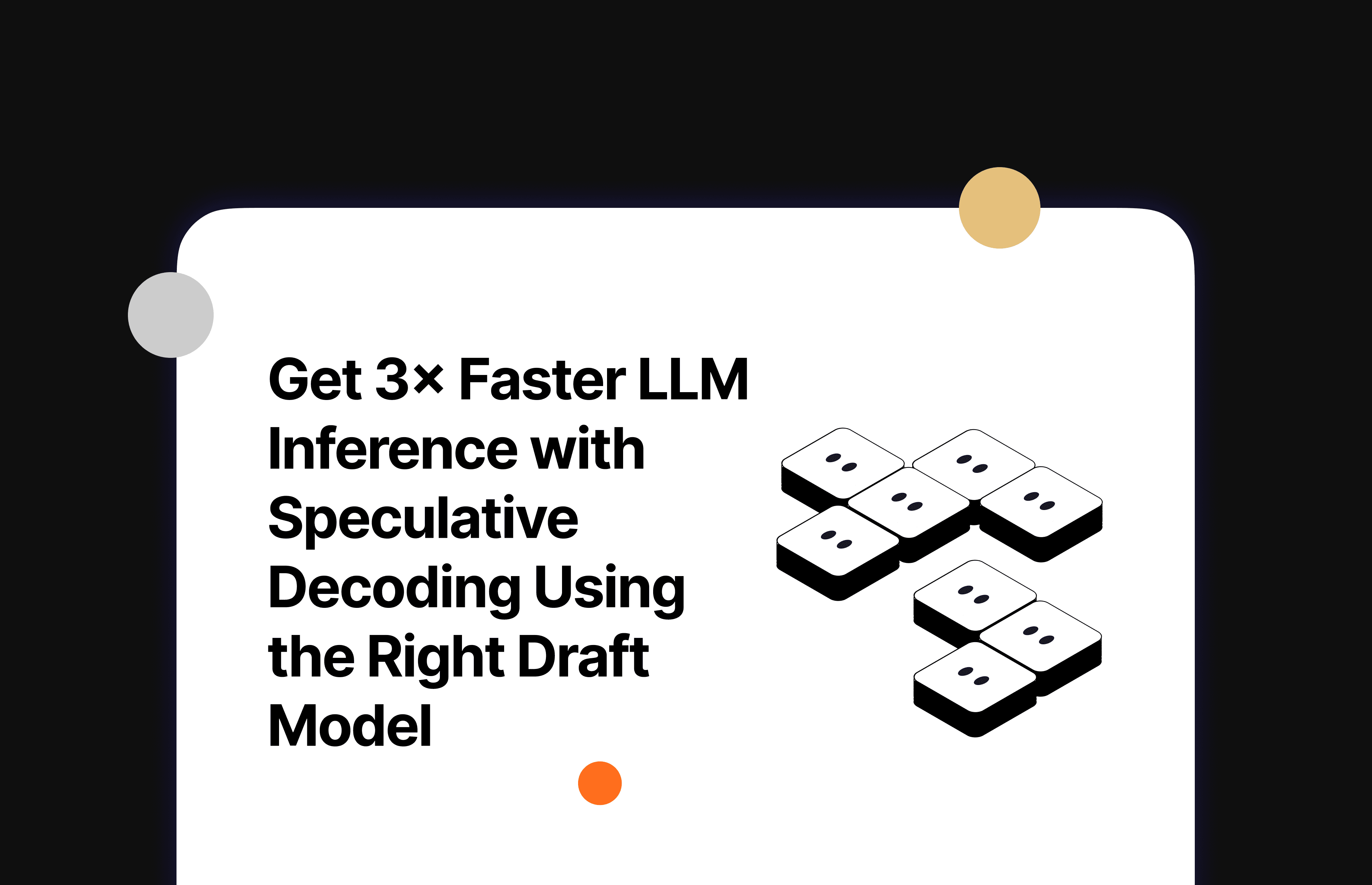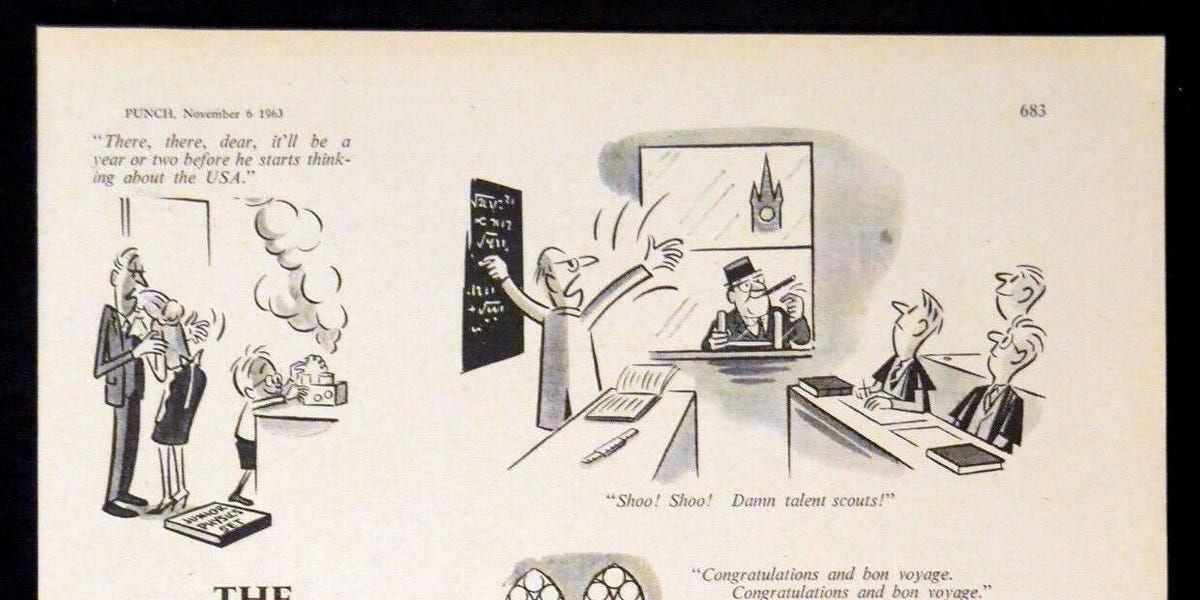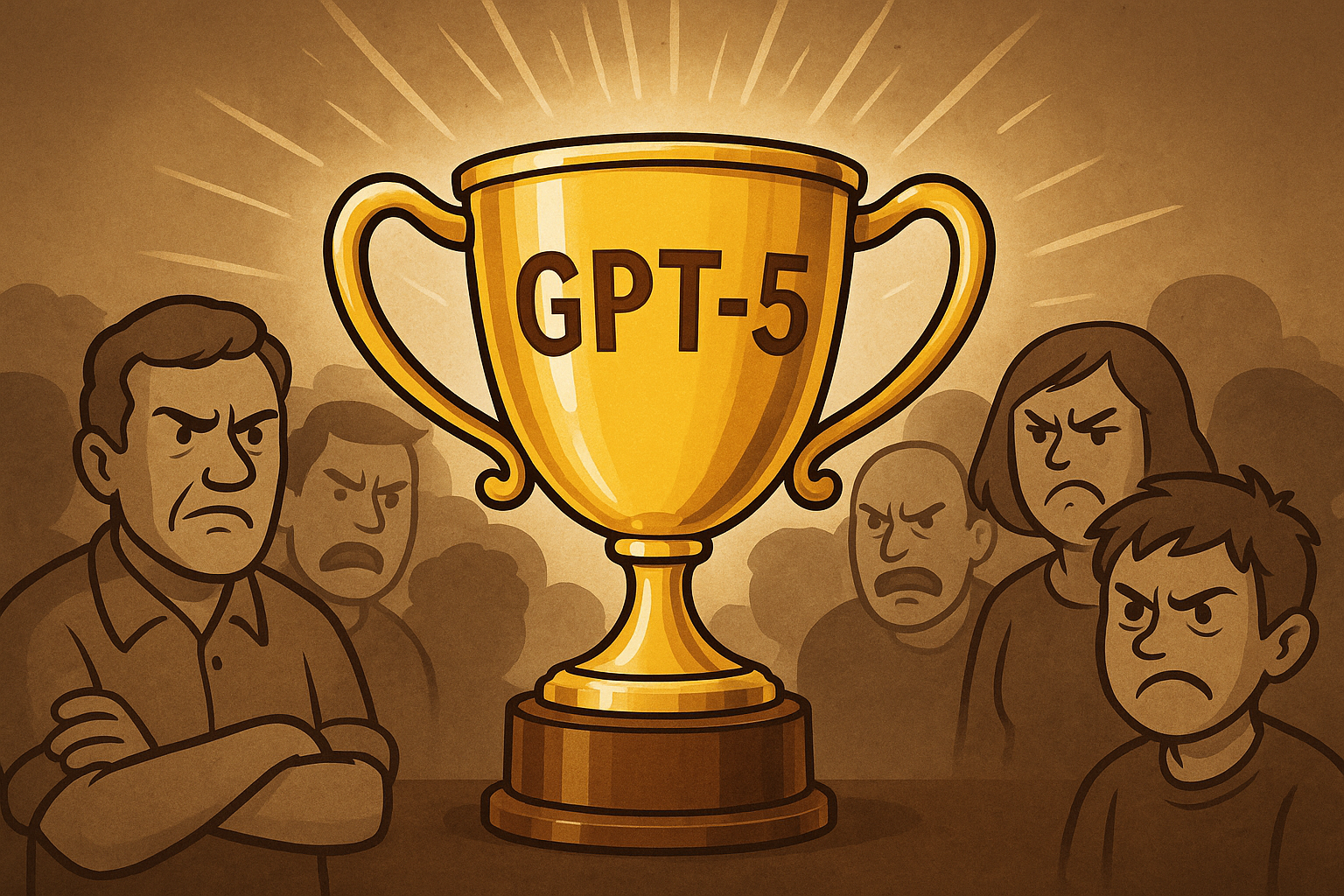
Get 3× Faster LLM Inference with Speculative Decoding Using the Right Draft Model
LLMs are powerful, but they’re slow during inference. That’s because they’re trained with an autoregressive pattern: generating the next token based on all the previous ones. During inference, this means every new token requires a full forward pass through the model, followed by sampling and then appending that token to the input for the next step. This process is inherently sequential, meaning the model can’t compute future tokens ahead even if the GPU is idle. This leads to high Inter-Token Latency (ITL) and poor GPU utilization.
Speculative decoding offers a solution. By having a small draft model predict several tokens in advance, and letting a larger target model verify them in parallel, you can accelerate the token generation process.
In practice, however, we found speculative decoding only delivers the expected speedup if the draft model’s distribution matches closely with the target model. The key is using the right draft model for your workload, which in many real-world cases means training one on your own data.
















